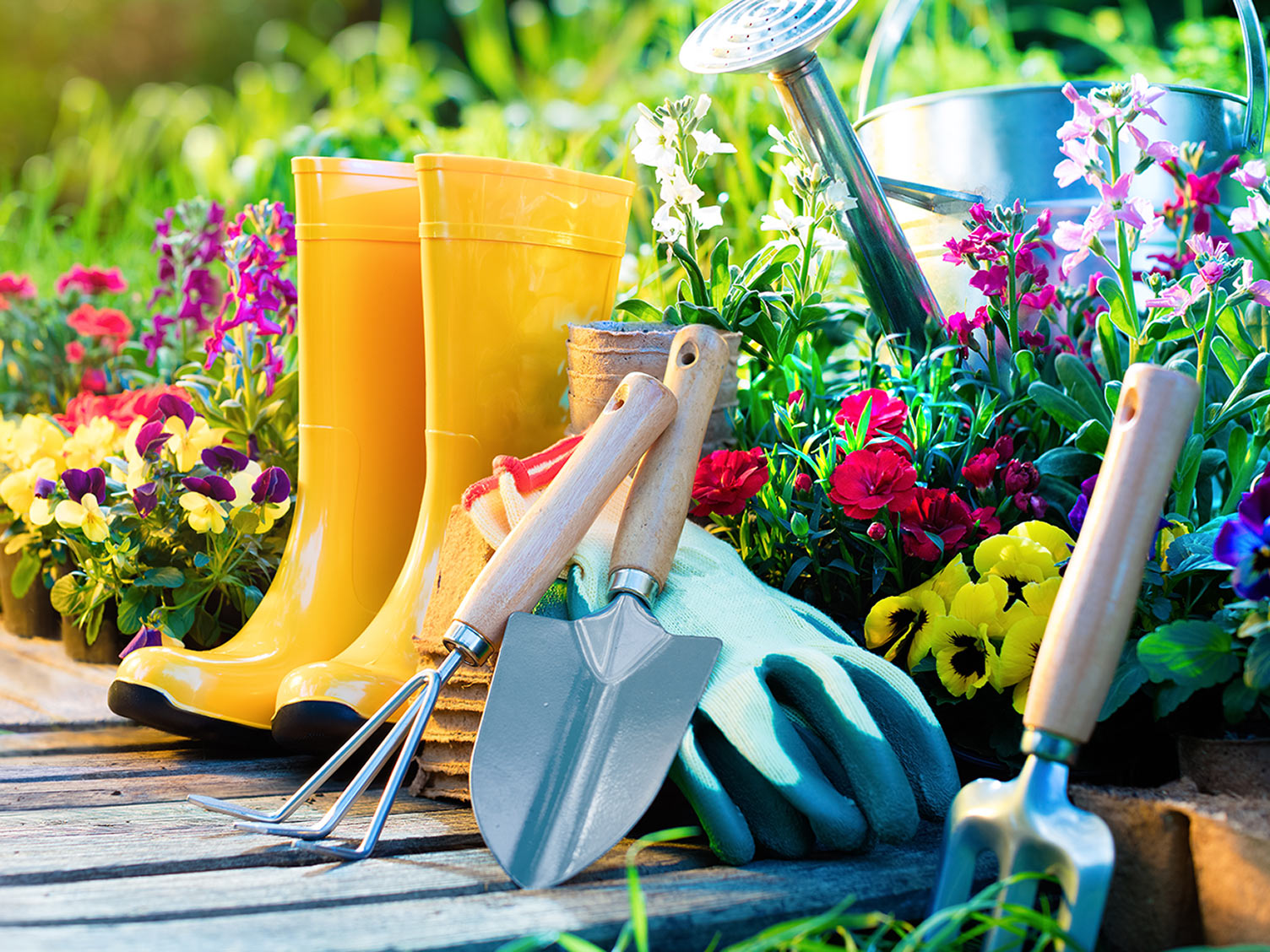
A student’s guide to shirts for the start of term
You might be forgiven for thinking that a student wardrobe consists of t-shirts and jeans or joggers, perhaps in a raft of different colours, and nothing else. However, with a little imagination and forward thinking, fashion-savvy students can branch out into other looks to help them stand out on campus. There is a huge range of styles, designs, colours and fabrics available when it comes for choosing shirts for students in time for when the new term starts in a few weeks.
So, why should you pack some button-up shirts in your college or university bags, when you can just pull on a t-shirt and be ready to go? Here are a few reasons.
Why shirts for students are a must-wear
A shirt with buttons will always come in handy on campus. There will be formal events, such as welcome receptions, student balls and dances, mock interviews and more that will require a more sophisticated s. You may also receive visits from external speakers representing companies that you may be interested in approaching for work one day. Dressing smartly for this type of networking always helps you to stand out and make the right impression from the word ‘go’.

Speaking of which, you may also want to consider making more of an effort if you are keen to impress any fellow students who have caught your eye with your sartorial knowledge and prowess. Either way, you may love your collection of faded band t-shirts, but there is no harm in ringing the changes from time to time with a button-up shirt. Worn over a t-shirt and jeans, it also adds a welcome later of warmth as late summer gives way to autumn and then winter. Saves you having to take a jumper or coat with you, too.
Choosing the right student shirts
The good news is that there is a huge range of shirts our there for students wanting to include a few in their term-time wardrobe. The main decisions that you need to take when considering which shirt is right for you centre around the material, style/fit, colour and design. Different materials offer different benefits. Cottons and natural fabrics tend to be more breathable and moisture-wicking, which make them very comfortable and easy to wear. They are also more sustainable than synthetics, often being biodegradable and more durable. On the other hand, synthetics materials are easier to care for and wash as they don’t shrink or wrinkle as much as organic alternatives.
Next, the style is important to consider. Do you prefer a formal style or keeping things more casual? Do you look better in a shirt with or without a collar? Buttoned cuffs or cuff links? Will you suit a fitted, tailored style or a more regular fit? Ask your friends and family for their honest opinion about the style of student shirt that suits you best. Finally, think about the colours and patterns or designs that you prefer and that will work well., Neutral colours will allow you to wear your shirts with more accessories and types of jeans, joggers or trousers. Patterns can help you make a statement and could work in your favour during the first few weeks of term when people are trying to remember each other’s names and decipher their personalities.
Caring for your student shirts
Whatever you choose to wear as a student, it is never too early to learn how to care for your clothes properly. Not only will this make them look better on your body, it will keep them looking new and looked after for longer. Look for easy-care fabrics to start with, including non-iron options. Always follow washing instructions carefully and never wash natural fabrics on too hot a setting or you risk them shrinking, fading or becoming damaged in another way.
Pack some coat hangers to hang your shirts up properly in your wardrobe. This stops them creasing up, which can be really annoying, especially if you have actually made the effort to iron them and want them to stay looking good. You can also use them to hang your shirts in the bathroom while you shower or wash, as the steam from the hot water can help natural-fibre shirts stay smart and smooth for longer.

